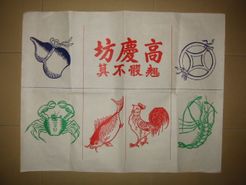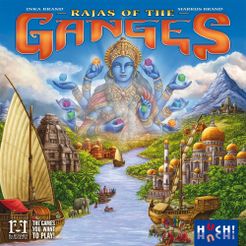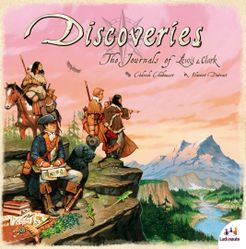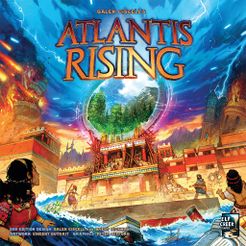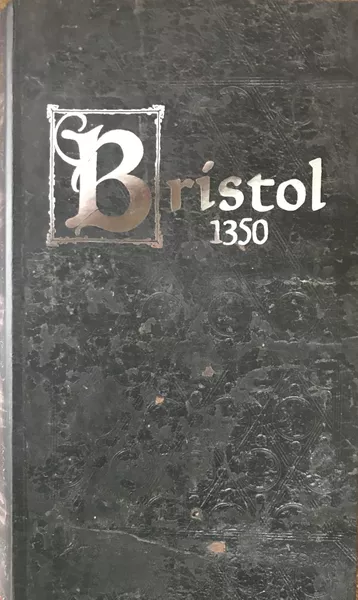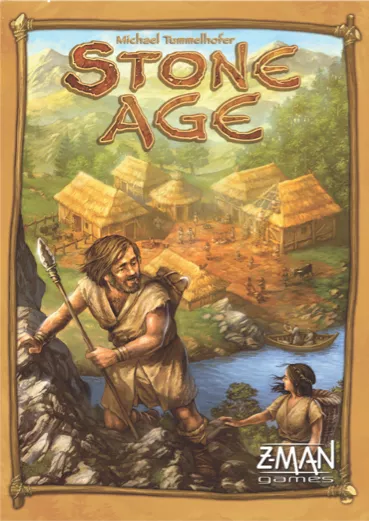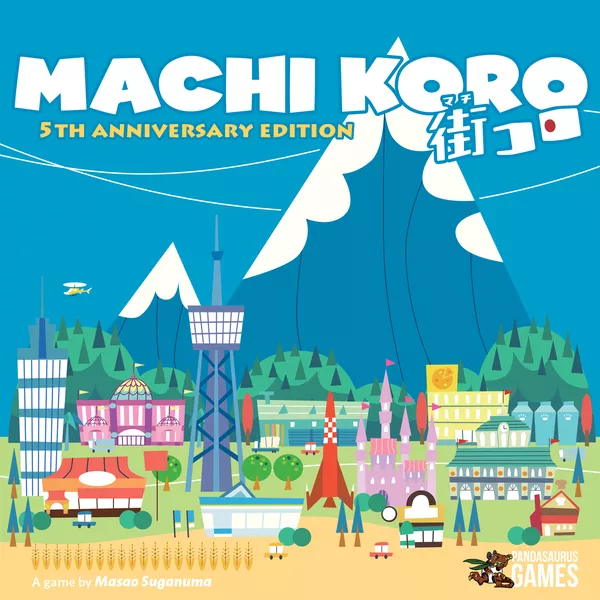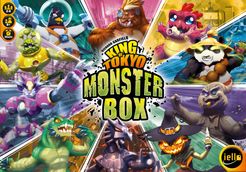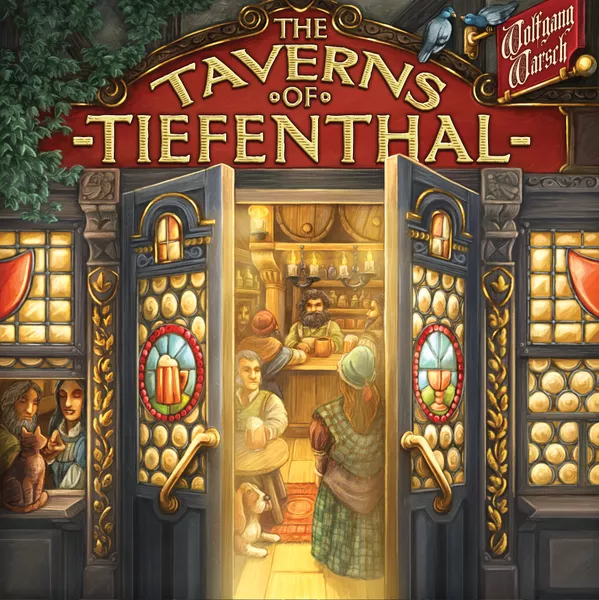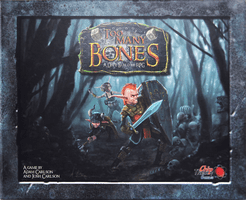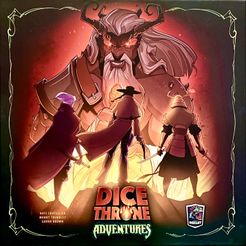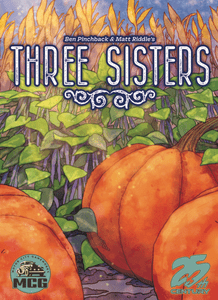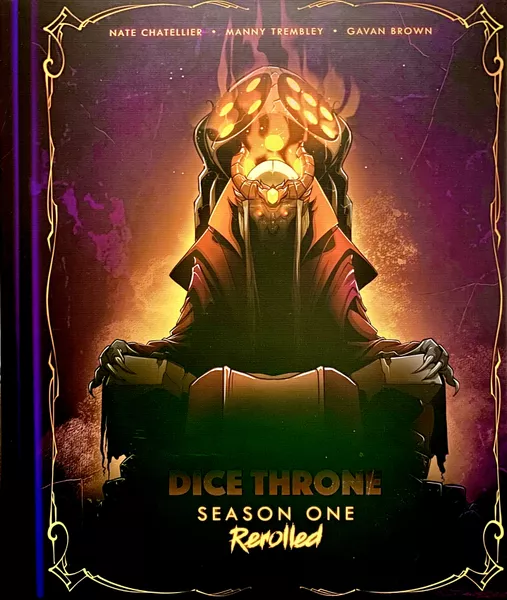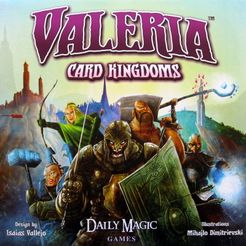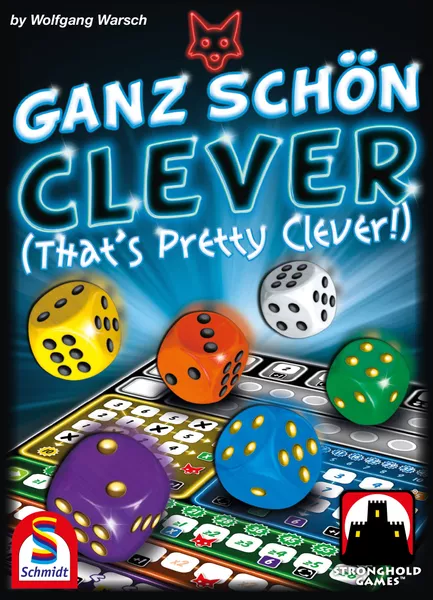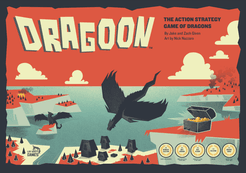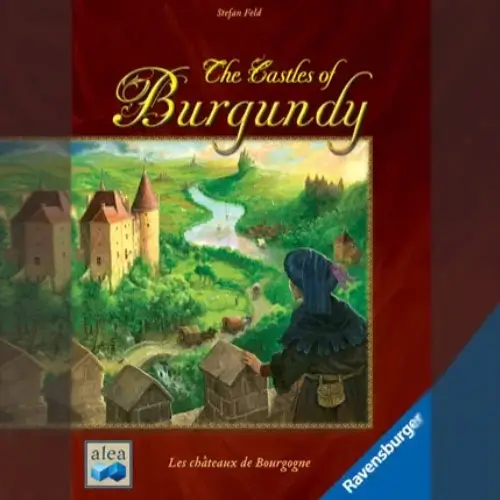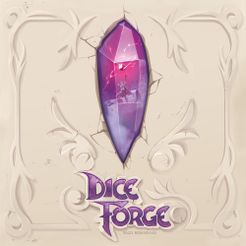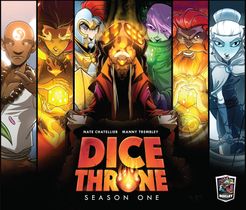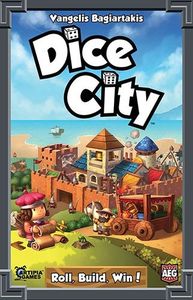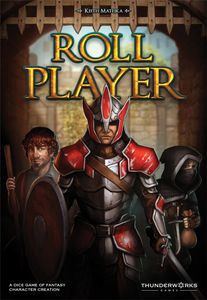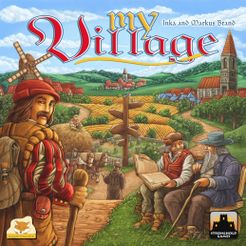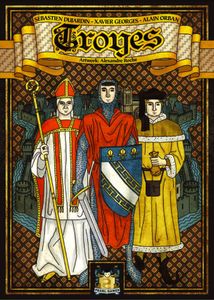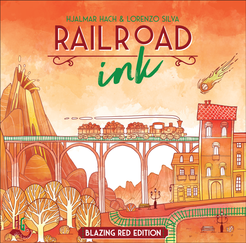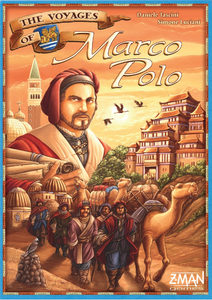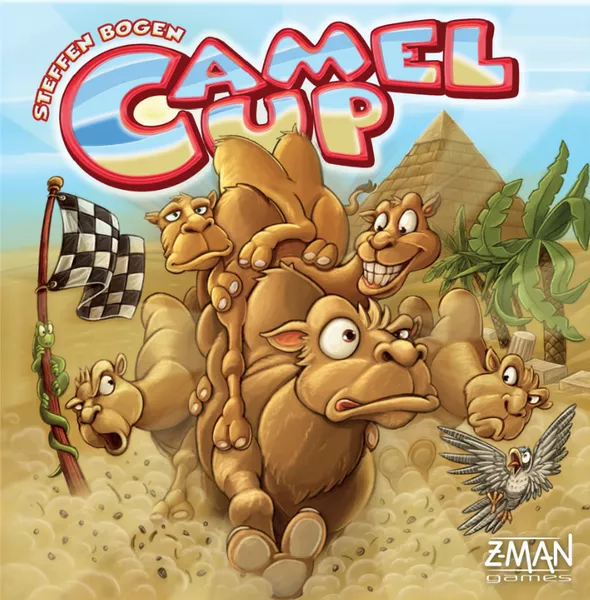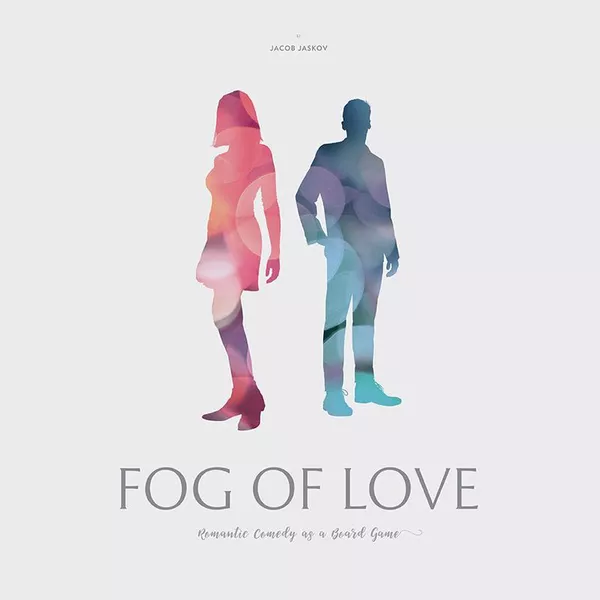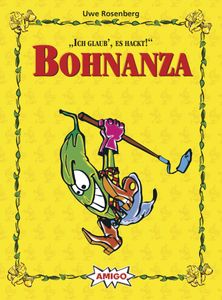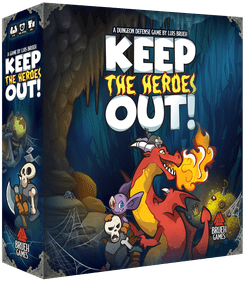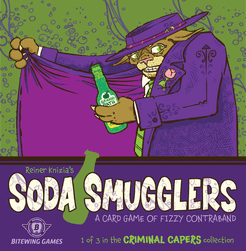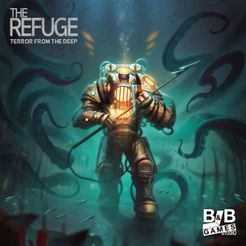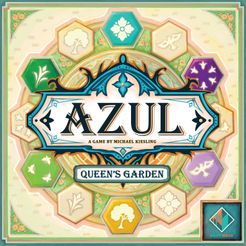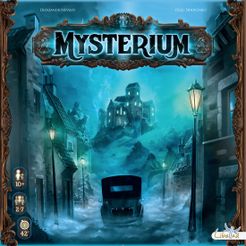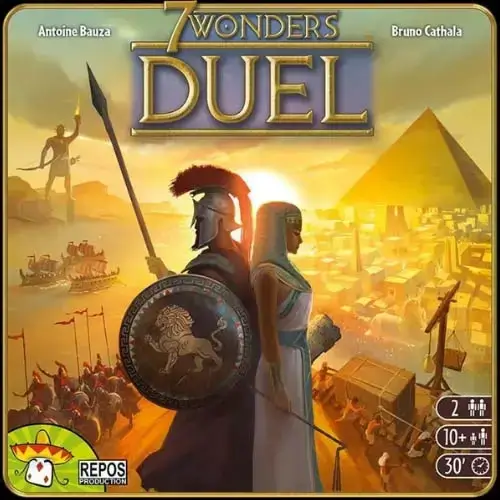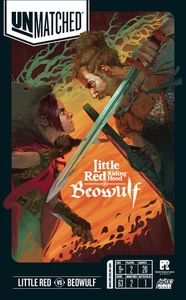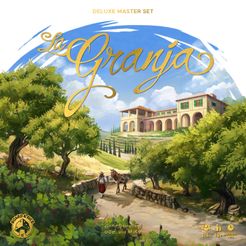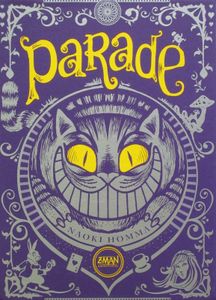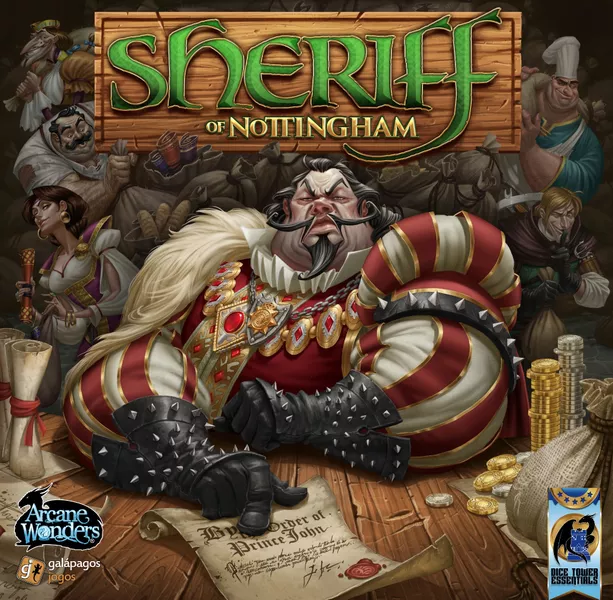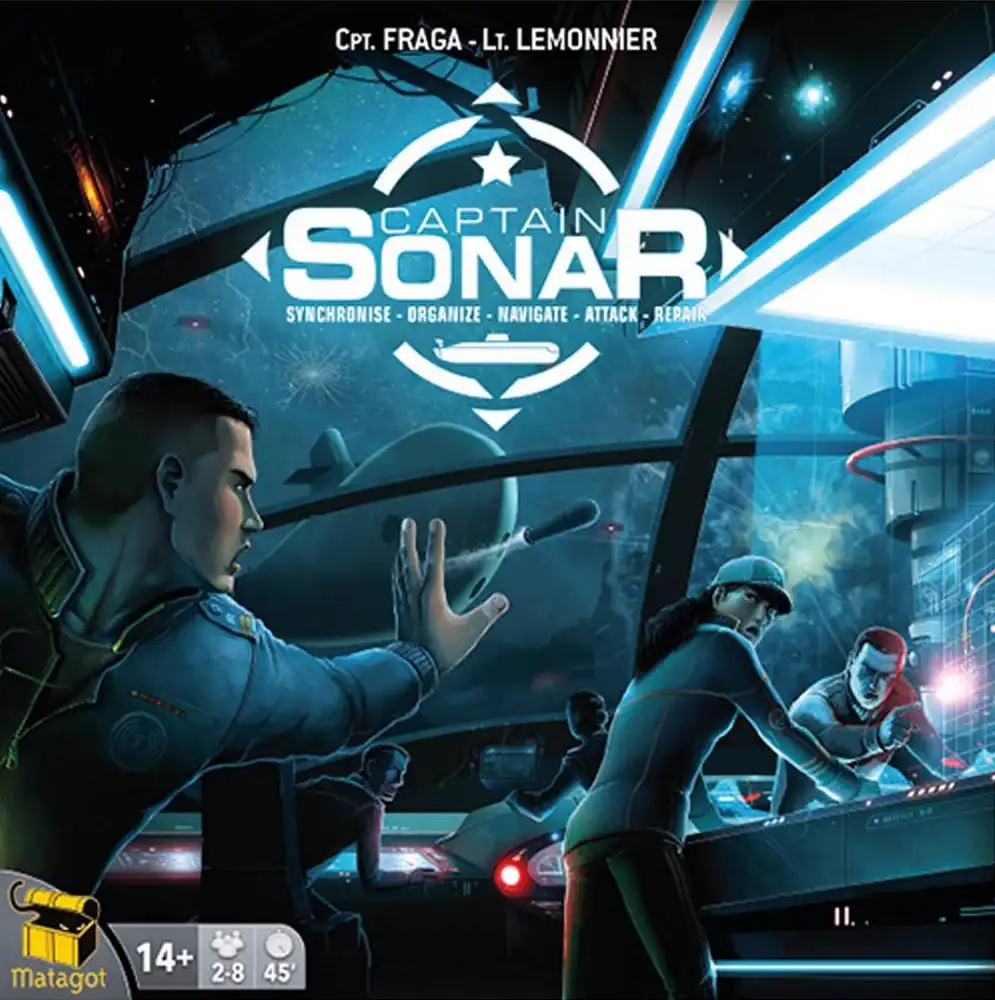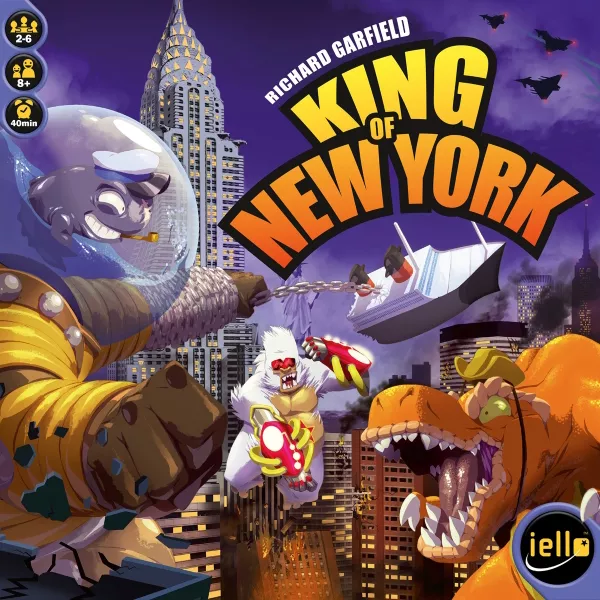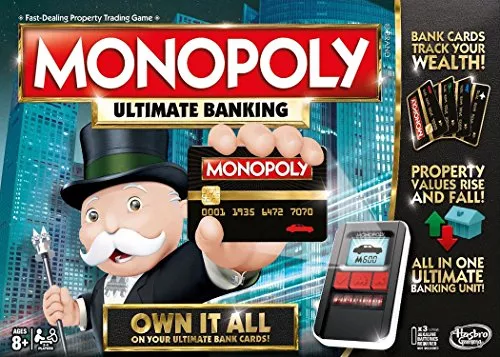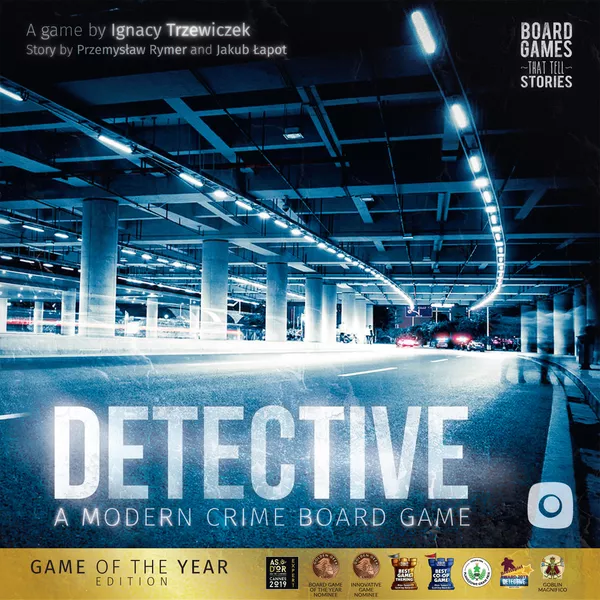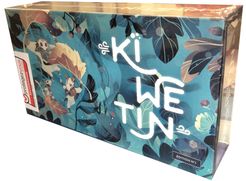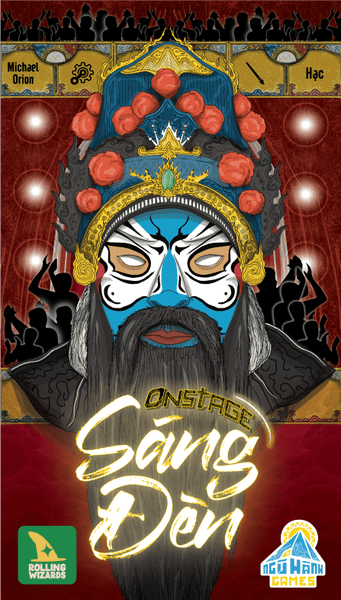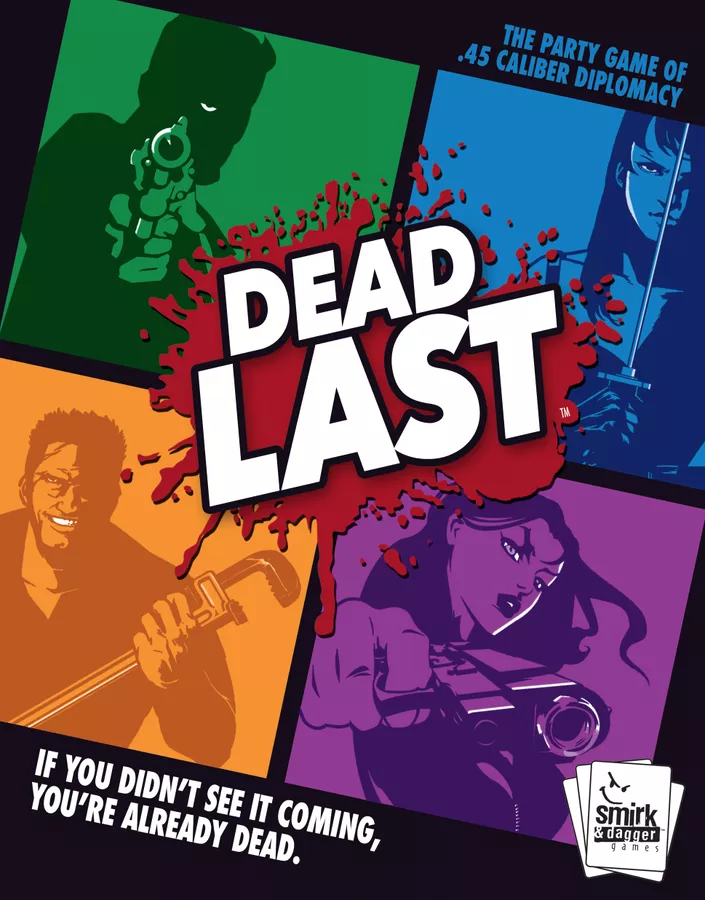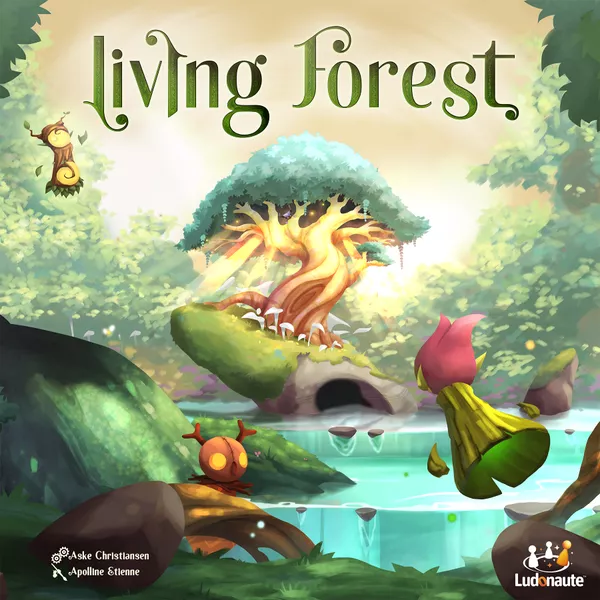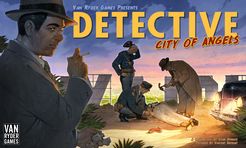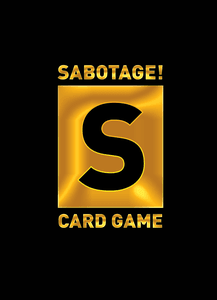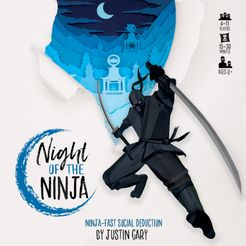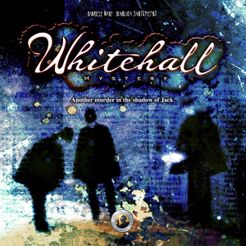Hoo Hey How
Designer: (Uncredited)
Publisher: (Public Domain), Swing Toys Co.
- Overview
- How to Play
- Videos
- Play Now
- Ratings & Comments
Hoo Hey How is a Chinese dice game with similarities to Crown and Anchor dice. This gambling game consists of three dice with six different pictures on their sides and a paper board marked with the same six pictures for stakes to be placed on them. This board could be self-drawn but you can get printed boards together with the dice nowadays.
The name, Hoo Hey How, is derived from the Hokkien names of three of the things that usually appear on the dice = a fish (Hoo), a prawn (Hey) and a king crab (How). However, modern dice tend to show ordinary crabs.
Dobree, in the 1950s, described the objects commonly depicted on the dice: a fish, a prawn, a king crab, a flower, a butterfly, a beautiful lady. But he also noted that other pictures could also appear: a cat, a mouse, a cock, a centipede, a tiger, an elephant, a gourd, three coins (Chinese cash).
Today, the dice tend to show more standard pictures and the selection of pictures is standardized for the region where they originate too. For example, the dice in Malaysia and Singapore (and I assume Hong Kong, where many of them are made) depict a fish, a prawn, a crab, a Chinese coin, a gourd and a cockerel. Thai Hoo Hey How dice (called Nam Tou Bu Bak [please excuse my bad transliteration]) have a tiger instead of a coin, as do dice from the Malaysian state of Sabah, but the Sabah dice show the head of the tiger rather than the whole animal. In Vietnam, they are called Bau Cua Tom Ca and often played at the new year: the distinguishing feature is a stag instead of a coin. Another feature is that the dice may be made of cardboard.
Many variants are possible, some that do not even feature the Hoo, Hey or How, so I don't know what they would be called. From Penang in Malaysia, I have dice that feature an elephant, a rabbit, a butterfly, a snake, a centipede and a flower. In Singapore, some older dice I have feature mahjong dragons together with symbols of political parties from the 1950s.
To play, one player takes the role of banker and the others are punters. Players stake money on the betting board and the dice are cast (either under cover or into a porcelain bowl). Punters are paid an equivalent amount that they staked, the number of times their picture appears on the dice (e.g. if someone bet on the fish and it appears twice, the punter gets back twice their stake).
This game is similar to The Game of Crown and Anchor.



